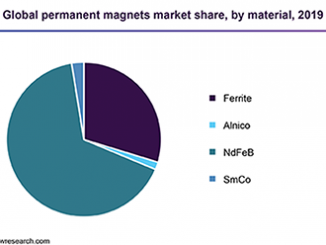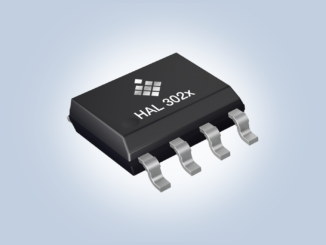
Yokohama National University and TDK Corporation have developed a prototype image diagnosis technology utilizing a highly sensitivity magnetic sensor. The technology presents an alternative to existing techniques such as magnetic resonance imaging (MRI) and X-ray computerized tomography (CT) scanning, and conventional magnetic particle imaging (MPI).
The prototype technology is related to the magnetic particle imaging method which is intended to detect and create images of magnetic particles accumulated in a tumor or blood vessel. MRI diagnostics and CT scanning are typically used in clinical services in the diagnosis of organ health, tumors and other conditions using the contrasting density of imaged objects. Magnetic particle imaging, however, detects only the tracers in the imaged objects to create images, similar to positron-emission tomography (PET).
The principle of the magnetic particle imaging is to detect the magnetic signals generated by magnetic particles accumulated in a tumor or blood vessel from outside of the body. Though magnetic particle imaging technologies primarily use a method that measures electromotive force electromagnetically induced through detection coils, the new technology developed by YNU utilizes a prototype high-sensitivity magnetic sensor to achieve this.
The prototype high-sensitivity magnetic sensor was developed by TDK for use in detecting weak magnetic fields at room temperature. Although still under development, the prototype sensor has been shown in a prior feasibility study to measure magnetic field distribution in a heart. In a new collaborative study between YNU and TDK, the sensor was shown to successfully reduce the strength of the alternate current magnetic fields applied to one tenth lower than conventional levels. This reduced strength of the applied field is achieved by the non-linear response characteristics of the sensor to the measured magnetic field strength.
Based on their findings, the researchers expect that high-sensitivity magnetic sensors will enable magnetic particles to be detected across wider imaging ranges including the head or whole body of a human. Going forward, YNU and TDK plan to continue to develop the technology with the goal of creating magnetic particle imaging devices that can be used practically in clinical services. For more info, see www.ynu.ac.jp and www.tdk.com.



